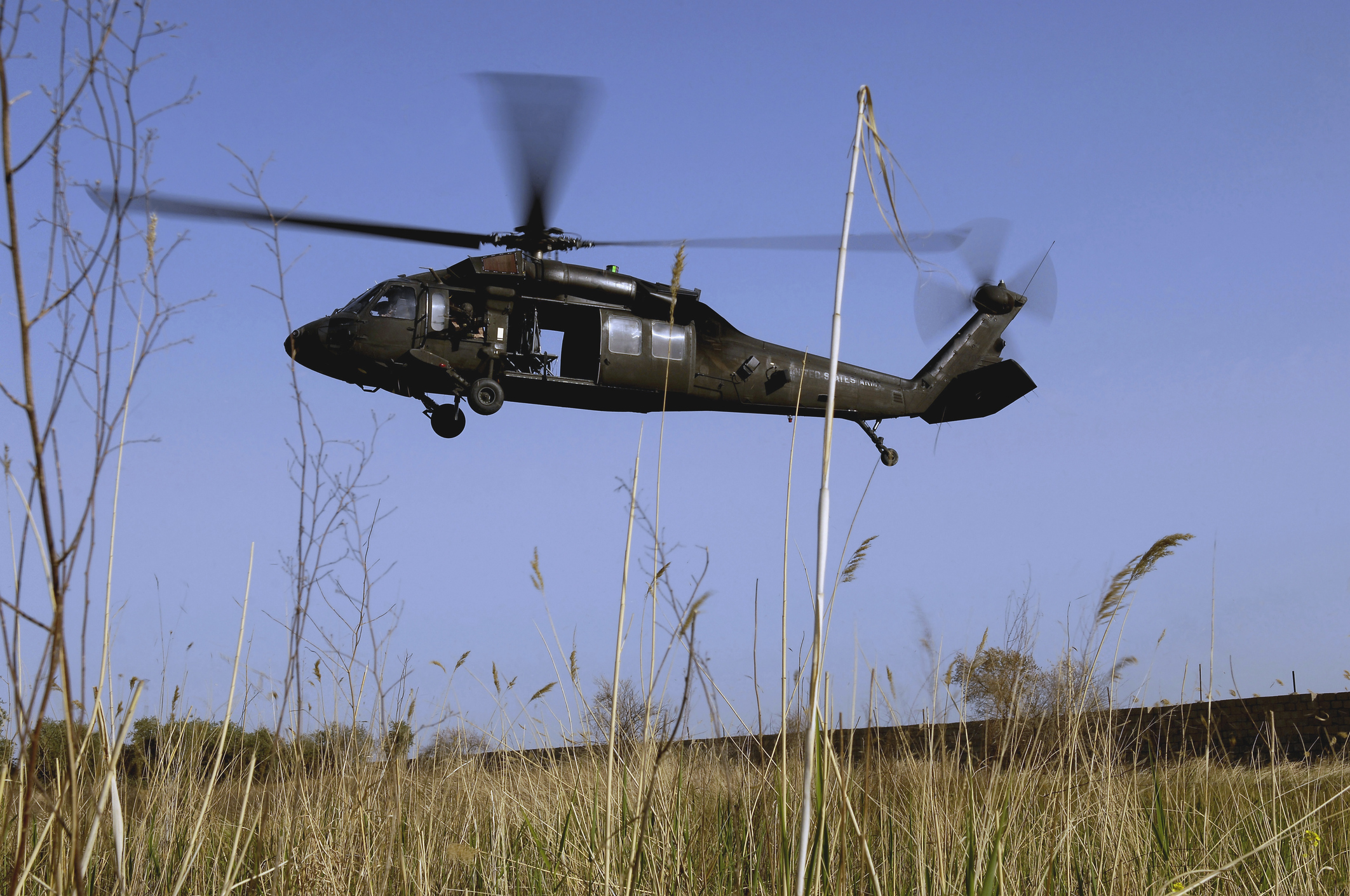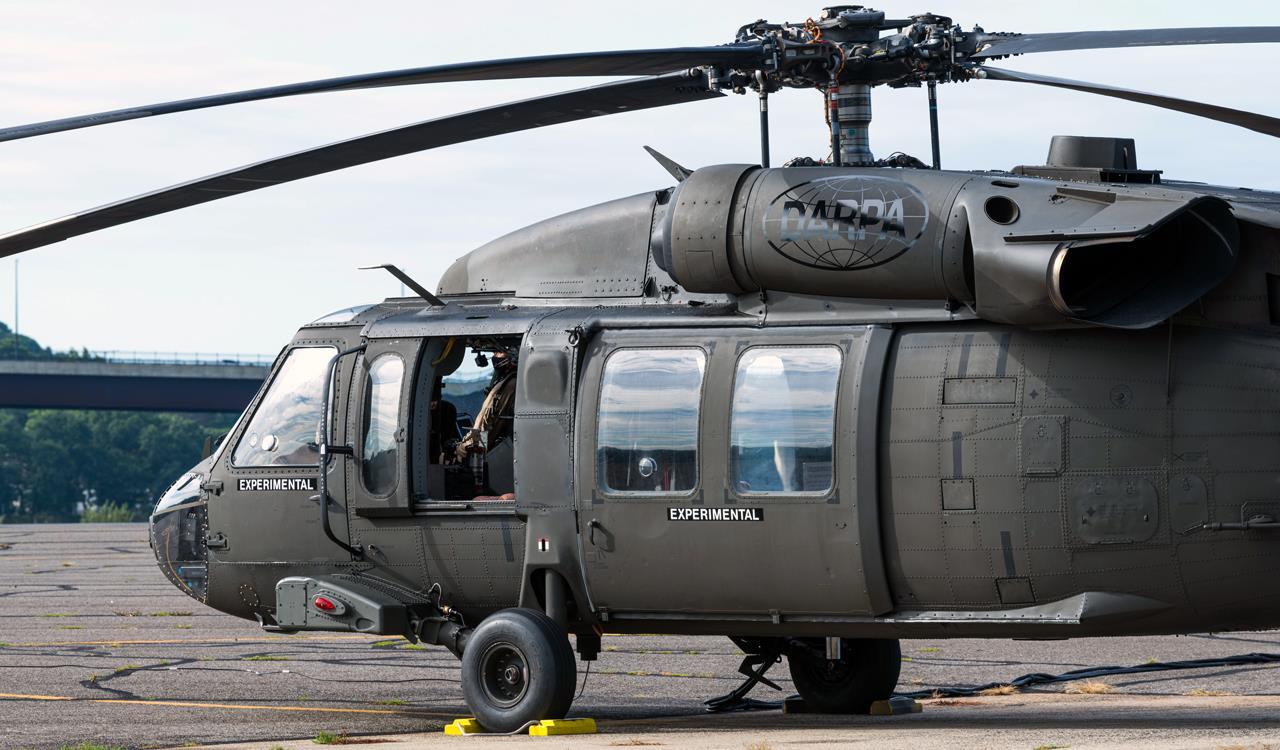UH 60: A Comprehensive Guide to Its Features and Military Applications
Everything You Need to Know Concerning the UH 60 Helicopter
The UH-60 helicopter, a keystone of United state Military aeronautics because its debut in 1979, represents a remarkable blend of engineering and functional adaptability. As army requirements develop, so also does the helicopter, with ongoing improvements intended at enhancing its abilities and integrating modern-day innovations.
History of the UH-60
Created in the late 1970s, the UH-60 Black Hawk helicopter emerged as an action to the united state Military's need for a versatile utility helicopter that could do a selection of goals under challenging problems. The impetus for its layout was the imperfections identified in the earlier helicopters used during the Vietnam War, particularly in terms of speed, ability to move, and survivability.
The Black Hawk was designed by Sikorsky Aircraft, including advanced technologies and materials to improve its performance and sturdiness. It was formally introduced right into service in 1979, rapidly ending up being an essential asset for military operations - uh 60. Its capacity to move soldiers, clinical emptying, and logistical support in both combat and altruistic goals made the Black Hawk an important component of the united state Army's aviation fleet
Throughout the years, the UH-60 has actually been constantly updated, adjusting to the altering nature of war and the advancing demands of contemporary military procedures. Its functional history consists of engagement in major conflicts, peacekeeping objectives, and calamity alleviation efforts, strengthening its track record as a reputable and effective helicopter in various settings worldwide.

Style and Specifications
The layout of the UH-60 Black Hawk helicopter regularly reflects a commitment to functional efficiency and convenience. Established by Sikorsky Aircraft, this medium-lift energy helicopter includes a streamlined, wind resistant fuselage that enhances speed and ability to move. Its tandem rotor system, characterized by 2 counter-rotating blades, reduces resonance and enhances lift capacity, permitting more secure operations in varied atmospheres.
The UH-60 is powered by two T700-GE-701C turboshaft engines, giving a maximum speed of around 180 knots and an array of around 400 maritime miles. Its robust airframe is created from sophisticated composite materials, making sure resilience while maintaining a relatively low weight. The helicopter has a maximum gross weight of regarding 22,000 extra pounds, supporting a functional haul arrangement.

Objectives and roles
A functional platform, the UH-60 Black Hawk helicopter offers a multitude of functions and goals within military operations. Made mainly for army transportation, it is capable of lugging as much as 11 soldiers, making it an important possession for quick implementation and logistical support.
Along with army transport, the UH-60 masters medical discharge (MEDEVAC) objectives, outfitted with advanced clinical devices to supply important care throughout transit. Its ability to run in diverse atmospheres improves its performance in fight a fantastic read search and rescue (CSAR) procedures, where swift extraction of personnel is important.
The helicopter additionally plays a considerable function in reconnaissance and monitoring objectives, using onboard sensing units and devices to gather knowledge. Additionally, its versatility prolongs to logistical assistance, efficient in delivering materials and equipment to forward running bases - uh 60.
In battle operations, the UH-60 can be furnished with numerous tool systems, enabling it to provide close air assistance. Its multi-role capacity makes the Black Hawk an essential tool for modern army pressures, adjusting effortlessly to the developing demands of battlefield scenarios and ensuring objective success throughout a series of operational contexts.
Performance and Capabilities
Known for its robust efficiency, the UH-60 Black Hawk helicopter flaunts outstanding capabilities that boost its functional efficiency throughout numerous objectives. uh 60. This multi-role aircraft is geared up with effective twin-engine Turbomeca Arriel 1D1 engines, offering phenomenal rate and maneuverability, with an optimum cruise rate of roughly 150 knots and a functional variety of around 400 nautical miles
The Black Hawk's advanced avionics and fly-by-wire control systems significantly boost flight safety and handling, permitting it to operate in varied environments, including negative weather. Its adaptability is more exhibited by its capability to carry as much as 11 totally outfitted soldiers or a payload of around 8,000 extra pounds, making it perfect for army transport, clinical emptying, and logistical assistance missions.
Furthermore, the UH-60 is made for survivability, featuring strengthened airframes, ballistic defense for crew and travelers, and progressed countermeasure systems to escape risks. The helicopter's dexterity and rate, combined with its capability for quick deployment, make it an indispensable possession in contemporary military procedures, guaranteeing that it stays a crucial element of tactical air assistance and combat zone movement.
Future Developments

One considerable focus is the assimilation of sophisticated avionics systems, which will certainly enhance situational awareness via improved navigating and communication capabilities. This consists of the potential use synthetic knowledge to help pilots in decision-making and goal planning.
Furthermore, future variations may include advanced products and design functions to bolster the helicopter's durability and minimize its radar trademark, improving survivability in contested atmospheres.
The intro of hybrid-electric propulsion More about the author systems is also imminent, intending to enhance gas efficiency and lower logistical burdens. Such innovations might expand operational variety and lower the helicopter's environmental footprint.

Conclusion
The UH-60 helicopter stands for a considerable improvement in armed forces aviation given that its intro in 1979. Its robust layout, flexible capabilities, and continual upgrades ensure its relevance in numerous operational duties, including army transportation and medical discharge. As innovation progresses, future growths view will likely improve its efficiency with the integration of expert system and hybrid-electric systems. The UH-60's enduring existence underscores its essential function in modern army operations and highlights the continuous evolution of armed forces aviation modern technology.
The UH-60 helicopter, a cornerstone of United state Military aeronautics given that its launching in 1979, represents an exceptional blend of design and operational flexibility. As armed forces demands develop, so too does the helicopter, with recurring advancements aimed at boosting its capacities and integrating modern technologies.The style of the UH-60 Black Hawk helicopter consistently reflects a commitment to operational effectiveness and adaptability. Created by Sikorsky Airplane, this medium-lift energy helicopter includes a streamlined, wind resistant body that boosts rate and ability to move.The UH-60 helicopter represents a significant development in army aviation because its introduction in 1979.